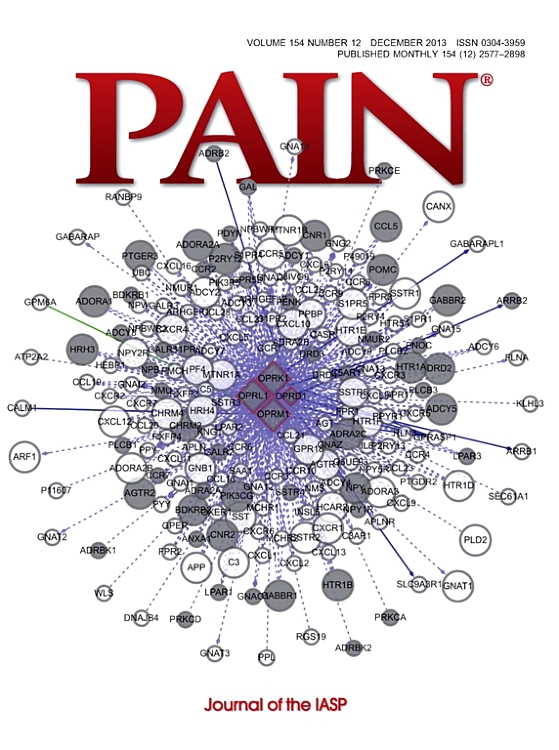Decoding pain: uncovering the factors that affect the performance of neuroimaging-based pain models.
IF 5.9
1区 医学
Q1 ANESTHESIOLOGY
引用次数: 0
Abstract
Neuroimaging-based pain biomarkers, when combined with machine learning techniques, have demonstrated potential in decoding pain intensity and diagnosing clinical pain conditions. However, a systematic evaluation of how different modeling options affect model performance remains unexplored. This study presents the results from a comprehensive literature survey and benchmark analysis. We conducted a survey of 57 previously published articles that included neuroimaging-based predictive modeling of pain, comparing classification and prediction performance based on the following modeling variables-the levels of data, spatial scales, idiographic vs population models, and sample sizes. The findings revealed a preference for population-level modeling with brain-wide features, aligning with the goal of clinical translation of neuroimaging biomarkers. However, a systematic evaluation of the influence of different modeling options was hindered by a limited number of independent test results. This prompted us to conduct benchmark analyses using a locally collected functional magnetic resonance imaging dataset (N = 124) involving an experimental thermal pain task. The results demonstrated that data levels, spatial scales, and sample sizes significantly impact model performance. Specifically, incorporating more pain-related brain regions, increasing sample sizes, and averaging less data during training and more data during testing improved performance. These findings offer useful guidance for developing neuroimaging-based biomarkers, underscoring the importance of strategic selection of modeling approaches to build better-performing neuroimaging pain biomarkers. However, the generalizability of these findings to clinical pain requires further investigation.解码疼痛:揭示影响基于神经影像的疼痛模型性能的因素。
基于神经影像的疼痛生物标记物与机器学习技术相结合,在解码疼痛强度和诊断临床疼痛病症方面展现出了潜力。然而,对不同建模选项如何影响模型性能的系统评估仍有待探索。本研究介绍了全面文献调查和基准分析的结果。我们对之前发表的 57 篇包含基于神经影像的疼痛预测建模的文章进行了调查,根据以下建模变量比较了分类和预测性能:数据级别、空间尺度、特异性模型与群体模型以及样本大小。研究结果表明,具有全脑特征的群体水平建模更受青睐,这与神经影像生物标记物的临床转化目标相一致。然而,由于独立测试结果的数量有限,我们无法对不同建模方案的影响进行系统评估。这促使我们使用本地收集的功能磁共振成像数据集(N = 124)进行基准分析,其中涉及一项实验性热痛任务。结果表明,数据水平、空间尺度和样本大小对模型性能有显著影响。具体来说,纳入更多与疼痛相关的脑区、增加样本大小、在训练期间平均较少的数据和在测试期间平均较多的数据都能提高模型性能。这些发现为开发基于神经影像的生物标记物提供了有用的指导,强调了战略性地选择建模方法对建立性能更好的神经影像疼痛生物标记物的重要性。然而,这些发现对临床疼痛的普遍适用性还需要进一步研究。
本文章由计算机程序翻译,如有差异,请以英文原文为准。
求助全文
约1分钟内获得全文
求助全文
来源期刊

PAIN®
医学-临床神经学
CiteScore
12.50
自引率
8.10%
发文量
242
审稿时长
9 months
期刊介绍:
PAIN® is the official publication of the International Association for the Study of Pain and publishes original research on the nature,mechanisms and treatment of pain.PAIN® provides a forum for the dissemination of research in the basic and clinical sciences of multidisciplinary interest.
 求助内容:
求助内容: 应助结果提醒方式:
应助结果提醒方式:


